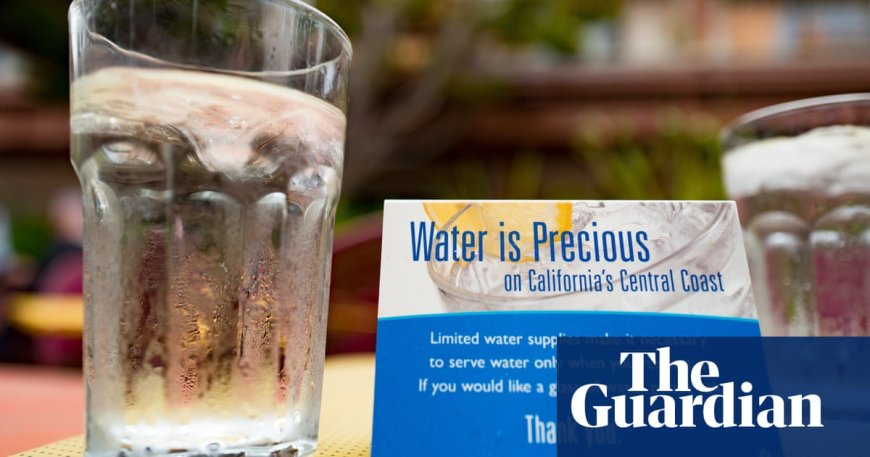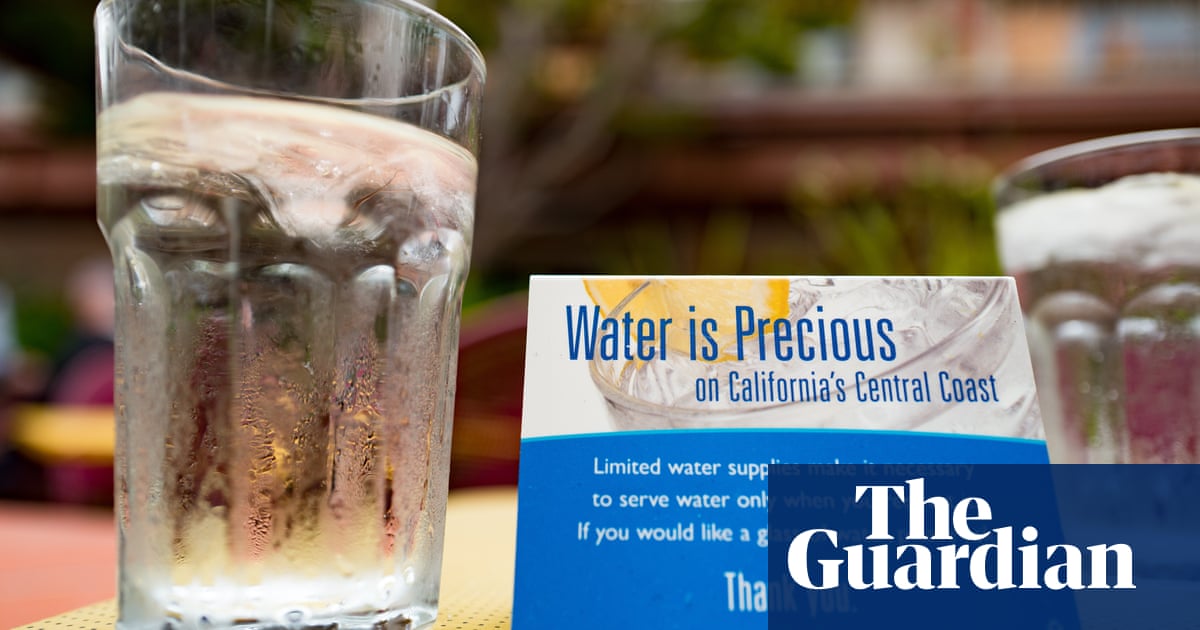EPA has limited six ‘forever chemicals’ in drinking water – but there are 15,000
EPA has limited six ‘forever chemicals’ in drinking water – but there are 15,000 The Guardian

Strong Limits Set for PFAS Compounds in Drinking Water, but More Action Needed

The US Environmental Protection Agency (EPA) has set strong new limits for some PFAS compounds in drinking water. These limits are being celebrated for their contribution to reducing exposure to these dangerous chemicals. However, public health advocates argue that these rules are just a first step and have limited impact on the broader PFAS crisis. They do not directly prevent further pollution or hold the chemical industry accountable for cleanup.
Addressing the PFAS Crisis
The EPA’s rules only address six out of approximately 15,000 PFAS compounds, leaving the majority unregulated or unstudied. Additionally, drinking water accounts for only about 20% of human exposure to PFAS, with diet likely posing a larger problem. Public health advocates emphasize the need to regulate PFAS as a class and impose strong limitations on their use to effectively address the crisis.
Financial Responsibility and Opposition
Under the new limits, local municipalities are financially responsible for meeting the requirements, which can cost larger water districts millions of dollars. While initial class-action lawsuits have generated funds for upgrades, experts estimate that the national cost could reach $400 billion. Despite the financial burden, the importance of clean water and the potential loss of lives make it crucial to regulate PFAS.
Ripple Effect and Legal Liability
The new limits will have a “ripple effect” by making it easier to sue PFAS polluters. The finalized rules provide strong evidence of the chemicals’ toxicity, increasing legal liability. This may encourage industries to reduce their use of PFAS. For example, 3M, one of the largest producers of these chemicals, announced last year that it would cease production due in part to regulatory and legal concerns.
Remaining Challenges
While the upgraded water systems will remove more than just the six regulated compounds, the EPA still lacks regulations restricting PFAS discharges into the air or water. Additionally, the disposal of PFAS removed from water poses a significant challenge. Current methods often release substantial amounts of PFAS back into the environment, leading to re-pollution of water sources. Prohibiting non-essential uses of PFAS is crucial to address this issue.
Call for Action
Public Employees for Environmental Responsibility (Peer) has petitioned the EPA to designate PFAS as hazardous waste under the Resources Conservation and Recovery Act. This designation would require comprehensive regulation. However, the EPA has proposed listing the chemicals as “hazardous constituents,” which does not impose additional oversight. It is essential to move beyond regulating individual compounds and adopt a broader approach to effectively tackle the PFAS crisis.
The EPA administrator, Michael Regan, has stated that a class ban on PFAS would be impractical due to the large number of compounds. Instead, the agency plans to invest more in understanding the health impacts of PFAS exposure. However, public health advocates argue that regulating individual compounds will only lead to an endless cycle of addressing specific chemicals.
SDGs, Targets, and Indicators Analysis
1. Which SDGs are addressed or connected to the issues highlighted in the article?
- SDG 3: Good Health and Well-being
- SDG 6: Clean Water and Sanitation
- SDG 12: Responsible Consumption and Production
- SDG 14: Life Below Water
- SDG 15: Life on Land
The article discusses the issue of PFAS (per- and polyfluoroalkyl substances) contamination in drinking water and its impact on human health. This connects to SDG 3, which aims to ensure healthy lives and promote well-being for all at all ages. The article also mentions the need for regulations and cleanup efforts, which align with SDG 6’s goal of ensuring availability and sustainable management of water and sanitation for all. Additionally, the article highlights the environmental impact of PFAS pollution, linking it to SDG 12 (responsible consumption and production), SDG 14 (life below water), and SDG 15 (life on land).
2. What specific targets under those SDGs can be identified based on the article’s content?
- Target 3.9: By 2030, substantially reduce the number of deaths and illnesses from hazardous chemicals and air, water, and soil pollution and contamination.
- Target 6.3: By 2030, improve water quality by reducing pollution, eliminating dumping, and minimizing release of hazardous chemicals and materials.
- Target 12.4: By 2020, achieve the environmentally sound management of chemicals and all wastes throughout their life cycle, in accordance with agreed international frameworks, and significantly reduce their release to air, water, and soil to minimize their adverse impacts on human health and the environment.
- Target 14.1: By 2025, prevent and significantly reduce marine pollution of all kinds, particularly from land-based activities, including marine debris and nutrient pollution.
- Target 15.3: By 2030, combat desertification, restore degraded land and soil, including land affected by desertification, drought, and floods, and strive to achieve a land degradation-neutral world.
Based on the article’s content, the targets mentioned above are relevant to address the issues related to PFAS contamination and its impact on human health and the environment.
3. Are there any indicators mentioned or implied in the article that can be used to measure progress towards the identified targets?
- Indicator 3.9.1: Mortality rate attributed to household and ambient air pollution
- Indicator 6.3.2: Proportion of bodies of water with good ambient water quality
- Indicator 12.4.2: Hazardous waste generated per capita and proportion of hazardous waste treated, by type of treatment
- Indicator 14.1.1: Index of coastal eutrophication and floating plastic debris density
- Indicator 15.3.1: Proportion of land that is degraded over total land area
These indicators can be used to measure progress towards the identified targets by assessing the mortality rate attributed to pollution, water quality, hazardous waste management, marine pollution, and land degradation.
SDGs, Targets, and Indicators Table
| SDGs | Targets | Indicators |
|---|---|---|
| SDG 3: Good Health and Well-being | Target 3.9: By 2030, substantially reduce the number of deaths and illnesses from hazardous chemicals and air, water, and soil pollution and contamination. | Indicator 3.9.1: Mortality rate attributed to household and ambient air pollution |
| SDG 6: Clean Water and Sanitation | Target 6.3: By 2030, improve water quality by reducing pollution, eliminating dumping, and minimizing release of hazardous chemicals and materials. | Indicator 6.3.2: Proportion of bodies of water with good ambient water quality |
| SDG 12: Responsible Consumption and Production | Target 12.4: By 2020, achieve the environmentally sound management of chemicals and all wastes throughout their life cycle, in accordance with agreed international frameworks, and significantly reduce their release to air, water, and soil to minimize their adverse impacts on human health and the environment. | Indicator 12.4.2: Hazardous waste generated per capita and proportion of hazardous waste treated, by type of treatment |
| SDG 14: Life Below Water | Target 14.1: By 2025, prevent and significantly reduce marine pollution of all kinds, particularly from land-based activities, including marine debris and nutrient pollution. | Indicator 14.1.1: Index of coastal eutrophication and floating plastic debris density |
| SDG 15: Life on Land | Target 15.3: By 2030, combat desertification, restore degraded land and soil, including land affected by desertification, drought, and floods, and strive to achieve a land degradation-neutral world. | Indicator 15.3.1: Proportion of land that is degraded over total land area |
Behold! This splendid article springs forth from the wellspring of knowledge, shaped by a wondrous proprietary AI technology that delved into a vast ocean of data, illuminating the path towards the Sustainable Development Goals. Remember that all rights are reserved by SDG Investors LLC, empowering us to champion progress together.
Source: theguardian.com

Join us, as fellow seekers of change, on a transformative journey at https://sdgtalks.ai/welcome, where you can become a member and actively contribute to shaping a brighter future.







